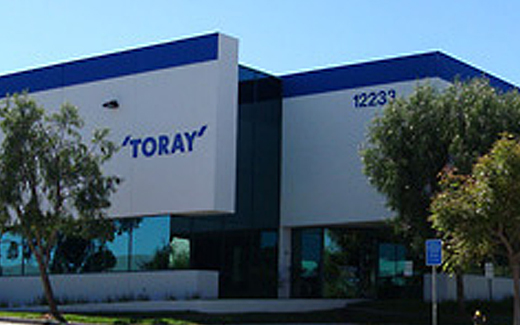Toray creates world’s highest-level nanofiltration membrane
- August 20, 2019
- Posted by: Lyn Wilson
- Category: Engineering, Environmental, Global, Technology & Innovation, Water Treatment

Tokyo-headquartered firm Toray Industries, Inc. has announced that it has created the world’s highest-level nanofiltration membrane.
The innovative membrane triples the permeation performance of conventional models while enhancing ion and organic compound separation from aqueous solutions.
Nanofiltration separates ions and compounds selectively – applications include removing organic solvents and agrochemicals from groundwater and rivers. The membranes are also used in the food and biotech fields, for example to desalinate soy sauce and dairy products and to purify amino acids and lactic acid.
The membrane embodies the sustainability vision that Toray rolled out in July 2018. The Japanese company is leveraging its innovative technologies and advanced materials to help restore the environment- key goals include enabling access to clean water for all.
The company is developing applications that will include water treatment, resource recovery and specialty areas such as biorefineries (plants and technologies for producing biofuels and resins from biomass, which is a renewable resource).
Toray aims to expedite the development of the new membrane, with a view to commercialization within the next three years. Once it becomes commercially available, water treatment facilities installing it in developing nations will be able to optimally remove heavy metals, agrochemicals, and other toxic substances from raw water.
Even for locations with low-pressure water supplies, such as homes and factories, it will be easy to provide sufficient water. It should also be possible to apply a membrane that is brought to trade to existing methods for recovering lithium from salt lake brine very efficiently and at low cost.
In the light of global concerns over climate change, Toray is expecting demand for better selectivity and permeation to grow as the use of water treatment membranes expands to satisfy increasingly stringent water management requirements.
